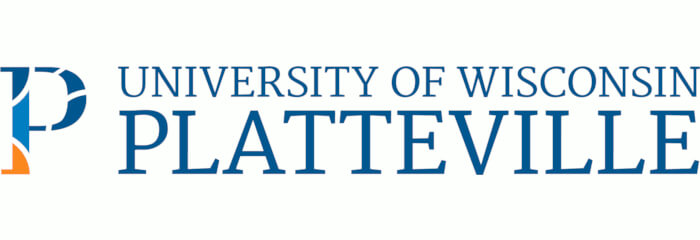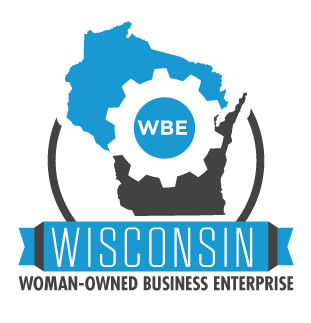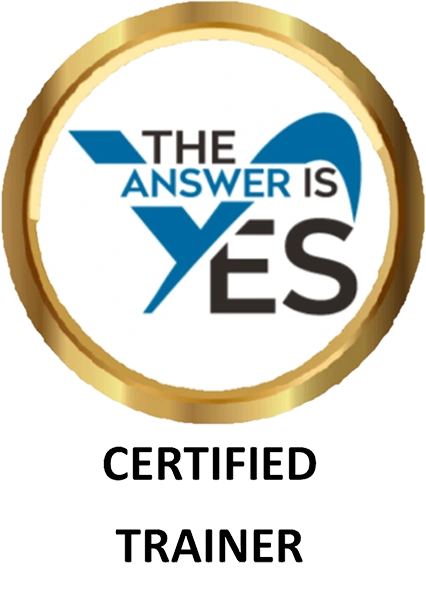How do we decide what input method will be successful so that the learner output will validate that learning has occurred?
In other words, how do we decide HOW the learner will learn and will demonstrate that learning?
How do we select the input learning methods will enable the learner to acquire the level of learning that is necessary? Here, we need to keep in mind three different considerations. The first is a task analysis that breaks the learning into smaller essential components and places these components in a logical sequence. The task analysis will let us know what needs to be taught first, second, third, etc.
The second is a determination of the level of learning necessary for each separate essential task analysis component. The level of learning will indicate which learning methods are more appropriate. For example, if we want to ensure knowledge, then reference materials, lecture, a video, a panel discussion, or small group self discovery may be appropriate.
The third is the selection of learning methods that will meet the needs of different learning styles. Although there are many learning style models, at the very least we should ensure that there is a visual, an auditory, and a kinesthetic component to the learning methods that we select.
The second part of that equation is also not difficult. Our guiding principle is that the learner should have an opportunity to do in the classroom whatever we expect the learner to do once s/he leaves the classroom. The ultimate level of learning that is necessary (whether it be knowledge, comprehension, application, analysis, synthesis, or evaluation) will again automatically indicate what learning methods are appropriate. Following through on our examples from last week, if the level of learning is independent application of a specific set of skills, then we will need some highly experiential learning method: hands on if it is a technical skill and possibly role play if it is an interpersonal skill (such as interviewing or negotiating). We need to select methods will enable the learner to demonstrate his or her learning.
If the level of learning is comprehension of the changes in a procedure, then a questionnaire, a game, a group discussion, or a case study might be appropriate. Again, any method is appropriate that will allow the learner to prove his or her comprehension.





